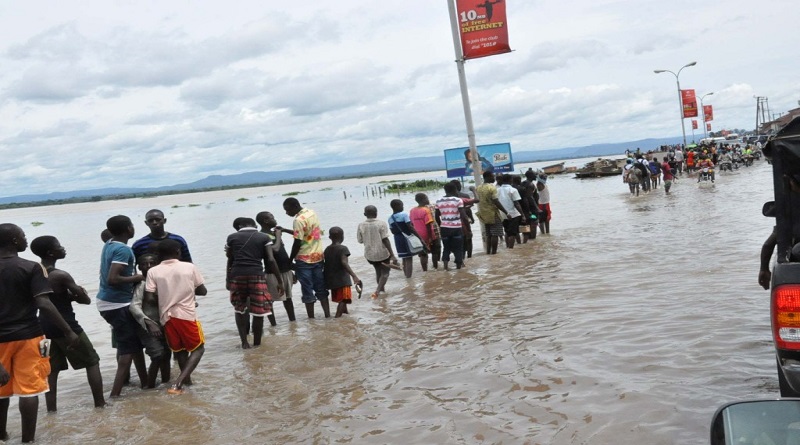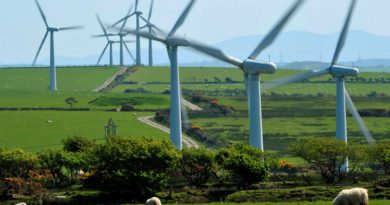WMO experts advance action on water, early warnings
Experts have held a series of meetings at World Meteorological Organisation (WMO) to advance the global Early Warnings for All initiative as well as action to improve water resource management and reduce water-related hazards.
The need for concerted action was underlined once again by a series of flooding disasters which caused disruption, many casualties and huge economic losses in different parts of the world.
The over whelming majority of disasters are water-related and so water management and monitoring lies at the heart of the drive spearheaded by UN Secretary-General António Guterres to ensure that everyone is covered by Early Warning Systems by the end of 2027.
Many of the 30 countries targeted for priority action in Early Warnings for All suffered from major floods or droughts in 2022. Not a single country had timely and accurate hydrological data available to support evidence-based decision-making and early action, according to WMO’s State of the Global Water Resources report.
Mauritius – one of the 30 focus countries was hit by devastating tropical cyclone-related flooding on 15 January.
The Congo Basin is suffering its worst flooding in nearly six decades.
Extreme rainfall since October last year burst the banks around the Ubangi River – one of the three major rivers feeding into the Congo Basin. A flood emergency was officially declared by the Government on 29 December.
The Office for the Coordination of Humanitarian Affairs said on 19 January that more than 350,000 people need humanitarian assistance in Congo, where nine out of the country’s 12 departments remain under water. Many villages can only be reached by boat or canoe and huge swathes of productive agricultural land are flooded.
The situation is equally dire in parts of the Democratic Republic of the Congo.
Dr Jean Bienvenue Dinga, Director of the National Hydrological Service of Congo, said that it is the most exceptional event since the catastrophic floods of December 1961.
In the 1961 floods, there was a measured discharge of 80,000 cubic meters per second into the Congo Basin. By comparison, on 9 January, it was 75,000 cubic meters per second.
The heavy rains, which are typical of El Niño impacts, were predicted in the seasonal forecast for October-November-December. But lack of resources and equipment hampered efforts to save livelihoods and lives, said Dr Dinga, who attended a Hydrological Coordination Panel meeting in Geneva.
“We want to strengthen early warning systems in line with the Early Warnings for All initiative. But the problem is lack of funding. If we had funding, it would be different,” said Dr Dinga.
In 1995 there were 80 hydrological monitoring stations. Now there are just 13, due to lack of funding.
Many other countries are suffering a decline in the hydrological monitoring network and a reduction in available observational data.




